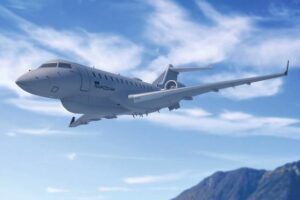
The Army has awarded its ATHENA-S intelligence, surveillance and reconnaissance (ISR) jet program contract to Sierra Nevada Corporation (SNC), a lead official confirmed Tuesday. Rodney Davis, the Army’s acting program executive officer for aviation, said SNC received the ATHENA-S award in late September, adding he believes it will take “at least a year” before it starts flying. ATHENA-S is intended to serve as a bridge capability to ultimately inform final requirements for the Army’s future HADES, or High Accuracy Detection…

 By
By 











